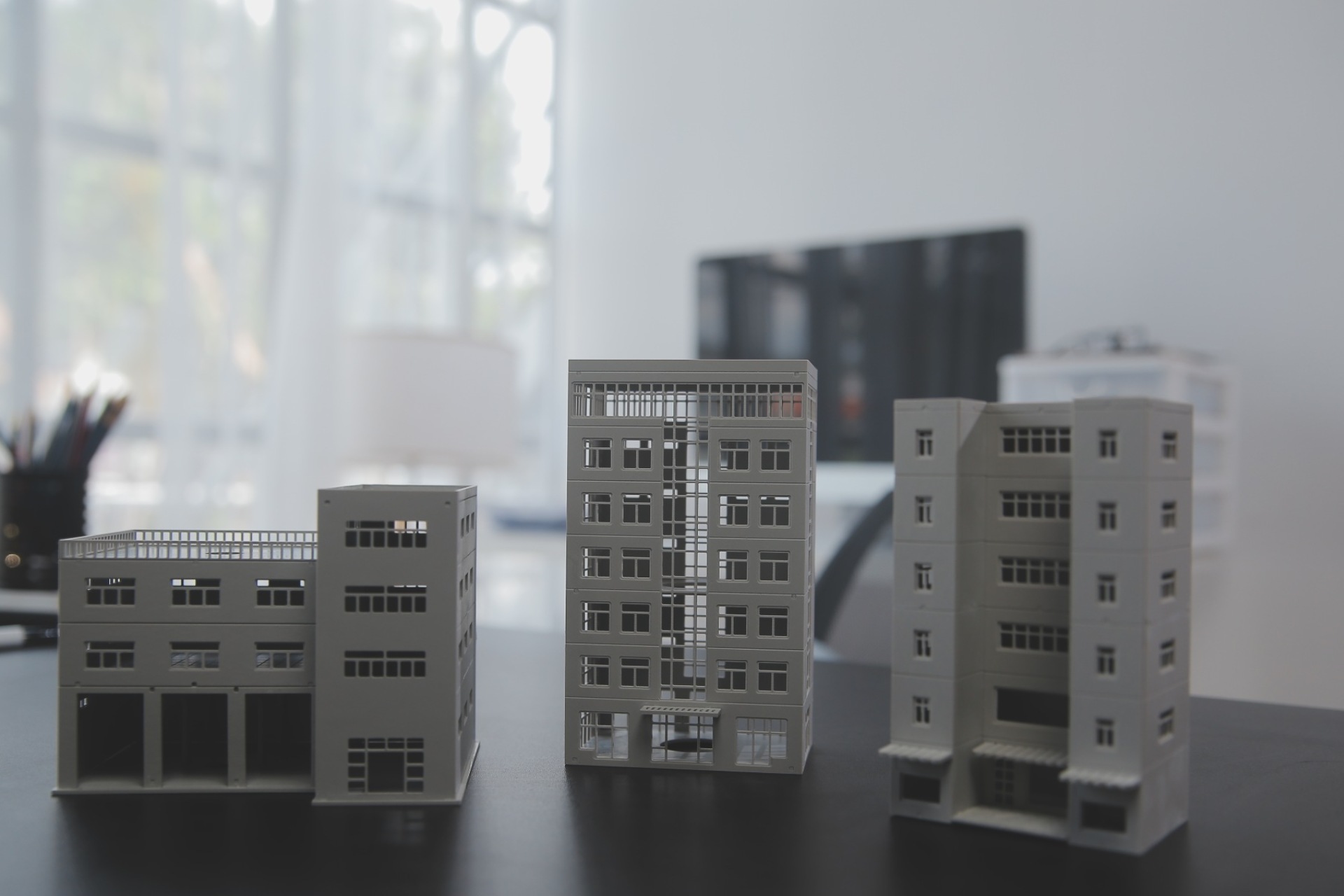Physical Models in Architecture: Types and Benefits

Table of Contents:
Types of Physical Models
We frequently suppose of architectural models in terms of representation, a atomic interpretation of the completed structure. still, models are more frequently a work- in- progress. They support trial and can be ingrained into every stage of a design.
In the early stages, engineers may produce sketch models to demonstrate ideas or work through problems. frequently made from affordable accoutrements like froth or chipboard, sketch models serve as a rough draft of any kind of model. They give a quick representation of a conception that can come more detailed as the design develops.
The early stages of the design process may also involve point models. Also known as topographical or geography models, these models contain layers of thin cutouts that mimic the land’s silhouettes, giving your Architectural Model Maker a deeper understanding of the point’s conditions.
As the process progresses, your mastermind may use massing models. These models are frequently made from wood or plastic and help you fantasize the general shape of the structure. Your mastermind may produce multiple options to test how different spatial configurations fit onto the point.
In some situations, they will produce massing models for girding structures to demonstrate how your structure will fit into its environment.
Toward the end of the design process, you may encounter a detail model. These complex models feature the loftiest position of detail. They help you fantasize the structure in its wholeness and understand the look and sense of its accoutrements.
Benefits of Physical Models
Although digital modeling is now the assiduity norm, engineers continue to construct physical models due to the numerous benefits they offer.
1. Provide a Palpable Representation
Frequently, physical models are the most effective way to represent a design or convey an idea. They give a position of understanding that you can not admit from a 2D representation like a bottom plan or elevation.
Think of the difference as a chart and a globe. A chart is a 2D representation, while a globe is a gauged – down interpretation of a 3D object. Like charts, 2D architectural representations calculate on symbols and drafting norms to represent 3D space in two confines.
A 3D model doesn’t bear the same symbols and standards. However, a model can help you snappily fantasize how the structure will look, If you are not used to viewing architectural delineations. Your mastermind’s job is to help you stylishly understand the design, and in some situations, a physical model may be the most effective way to communicate.
2. Aid Experimentation
Model Making Architecture is also a chance to explore and test generalities. Sketch and gathering models allow you to snappily determine the viability of an idea. As the model becomes more detailed, your mastermind will more understand the structural factors of the design and the challenges an idea may present.
This type of trial is pivotal to a successful design. Taking the time to test ideas prevents expensive changes down the road.
3. Establish Alignment Between Architect and Client
At the same time, physical modeling helps establish alignment between mastermind and customer. It can help you snappily form studies and opinions about the design, precluding expensive and time- consuming changes latterly in the process.
As one of the most effective visualization tools, modeling helps insure everyone understands and agrees on the design before the mastermind finalizes it in the contract documents.
Talk to Your Mastermind About Physical Models
Physical models are an effective tool for problem-solving, trial, and representation. They help you snappily fantasize an idea, helping establish alignment between all parties.
Model Maker Malaysia is just one visualization tool at an mastermind’s disposal. Your mastermind has numerous ways to help you understand the design intent, including delineations, sketches, and mock-ups. We’re indeed starting to integrate virtual reality into the process.
Reach us to explore the world of scale model 3D printing and see how physical models can bring your design concepts to life with precision and creativity.
